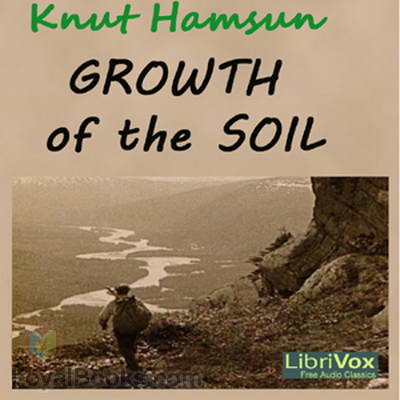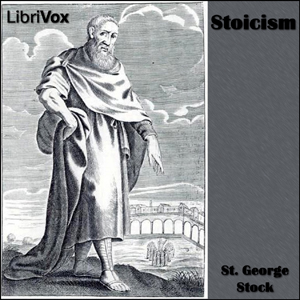Description
By: Knut Hamsun (1859-1952)
Knut Hamsun’s “Growth of the Soil” is a beautifully written novel that captures the struggles and triumphs of rural life in a Norwegian village. The story follows the life of Isak, a hardworking and resilient farmer, as he carves out a living from the untamed wilderness.
Hamsun’s prose is rich and evocative, painting a vivid picture of the harsh yet enchanting landscape. The characters are complex and multifaceted, each facing their own challenges and desires. Isak, in particular, is a compelling protagonist whose determination and fortitude make him a truly admirable figure.
The novel delves into themes of nature, tradition, and the passage of time, offering a profound meditation on the human experience. Hamsun’s masterful storytelling draws the reader in and keeps them engaged from start to finish.
Overall, “Growth of the Soil” is a timeless classic that offers a poignant and powerful reflection on the beauty and hardship of rural life. Hamsun’s exploration of the human spirit and the natural world is both captivating and thought-provoking, making this novel a must-read for any lover of literary fiction.
Book Description:
Growth of the Soil (Markens Grøde) is the novel by Norwegian writer Knut Hamsun which won him the Nobel Prize in Literature in 1920. The essential elements of this novel are expressed in the words of the English translator W.W. Worster in his footnote in December 1920: ‘It is the life story of a man in the wilds, the genesis and gradual development of a homestead, the unit of humanity, in the unfilled, uncleared tracts that still remain in the Norwegian Highlands. It is an epic of earth; the history of a microcosm. Its dominant note is one of patient strength and simplicity; the mainstay of its working is the tacit, stern, yet loving alliance between Nature and the Man who faces her himself, trusting to himself and her for the physical means of life, and the spiritual contentment with life which she must grant if he be worthy. . .The story is epic in its magnitude, in its calm, steady progress and unhurrying rhythm, in its vast and intimate humanity. The author looks upon his characters with a great, all-tolerant sympathy, aloof yet kindly, as a god.’











